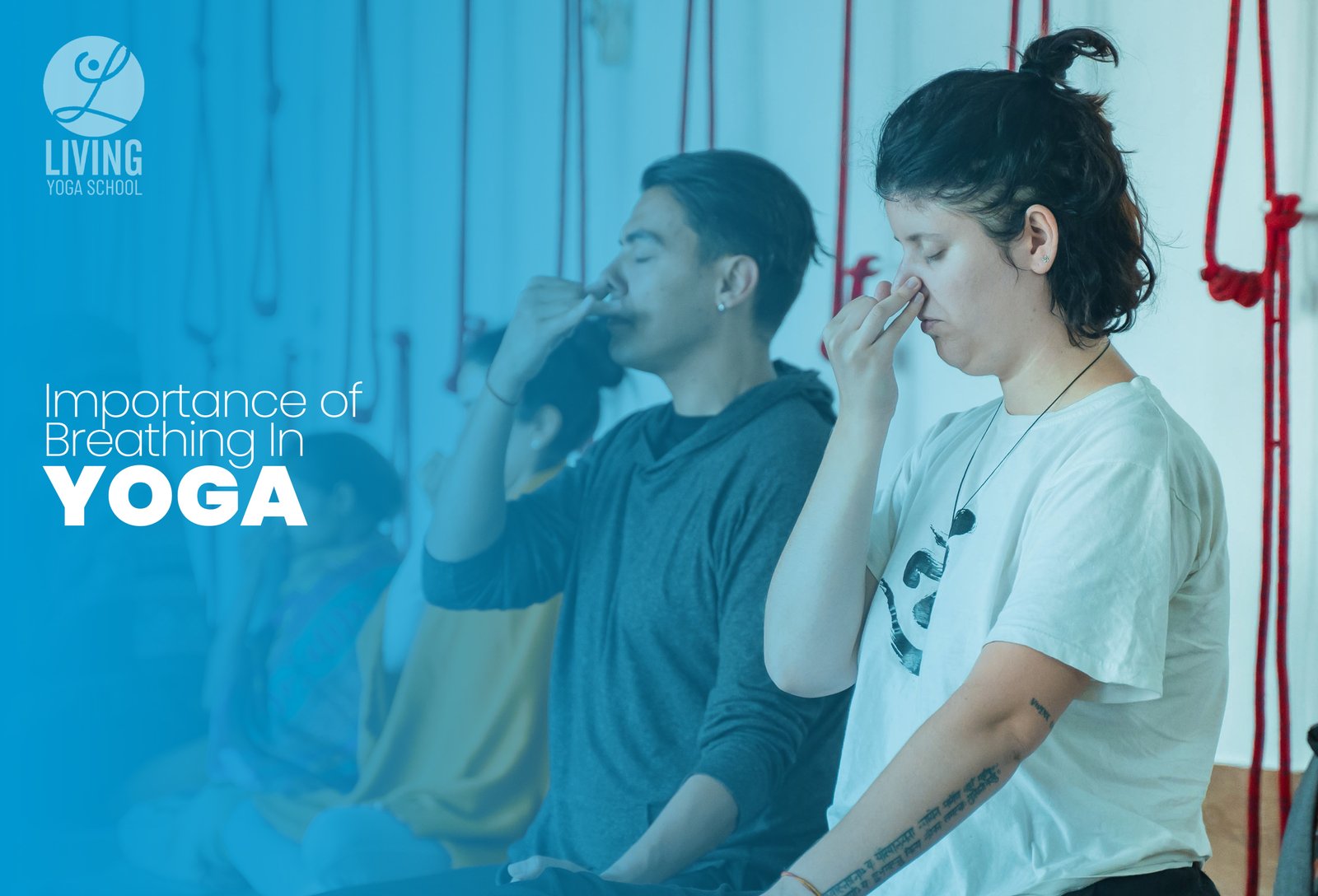Breathing helps unite your body and mind and changes how you feel physically, mentally, and emotionally. It also helps the physiological processes of your body.
Your breathing is something that does yoga. Yoga is union or yoke in English. It is the unity of mind, body and breath. Centuries ago, yoga only depicted breathing and meditation. There was no physical asana at that time. Asanas were first introduced as a method for achieving optimal breathing, and there were only 10 of them. Breathing is essential to yoga, but what is the reason behind it?
There are several advantages of incorporating breathing into yoga and your daily life. Here are some significant reasons why you should integrate breathing into yoga:
- Reduced physiological stress: Deep breathing enhances your vagus nerve activity, a primary component of the parasympathetic nervous system. The vagus nerve helps control and measure your internal organs’ movement. When stimulated, it facilitates a state of calmness pervading the whole body through muscle relaxation, blood pressure reduction and many more. When these physiological alterations occur, the vagus nerve also sends some signal to your brain that it can also relax. When your physiological body gets some relaxation, your mental body is also at peace, and everything starts working better.
- Enhanced circulation, organ function, and blood flow: When you breathe in more oxygen, your heart and other vital organs function efficiently and enhance your overall circulation. All system in your body needs oxygen to function optimally. It goes into the building up of cells that make up your body, helps your body defend itself against all viruses and bacteria, and helps your blood flow optimally.
- Enhances focus, mental clarity, and presence: You cannot concentrate on anything else when you focus on proper inhalation and exhalation. In addition, when you practice deep breathing, you can see thoughts, observe them and allow them to go whenever required. When you open yourself to a space where there is no judgement of thoughts and emotions, you can tune in more with what is going on mentally and emotionally. allow them to go whenever required. When you open yourself to a space where there is no judgement of thoughts and emotions, you can tune in more with what is going on mentally and emotionally.
- Reduced mental and emotional stress and enhanced happiness: Stress and fear help trigger your sympathetic nervous system to release stress hormones that usually kick up the fight or flight response. You can call the parasympathetic system to turn off those hormones when you breathe in deeply. Your breath can bring changes in your emotions.
- Helps in preventing injury: To better understand this, you can take the example of drunk driving accidents where an intoxicated person gets damaged more than a sober person. It is so because a drunk person is never relaxed. Our muscles often get tensed up while responding to fear for protecting us, but most of the time, it hurts us. When you start breathing deeply, you signal your body that you are in a safe place so that the person can unclench, which makes releasing into poses and postures safe.
- Detoxification: When in shallow breathing, we are not getting rid of more carbon dioxide, for which other organs take the burden of metabolizing it, thereby getting stressed.
Kinds of yoga breathing techniques:
Yogic breathing, also called pranayama, mainly focuses on three-stage breathing inhalation, retention and exhalation.
Follow yogas varies in how every stage is being expressed. It also includes three main steps. Here are five essential kinds of yoga breathing that is highly beneficial for you:
- Simple awareness breathing: This needs negligible breath manipulation from your side. You need to see your body and then inhale and exhale simply.
- Ujjayi: This is one method of yoga breathing where you hear a lot while in your yoga class. It is also called ocean breath. It is one of the ways you are while in the vinyasa tradition of yoga, where you are supposed to breathe through each asana posture.
- Alternate nostril breathing: This method builds on the pranayama method of balancing the Pingala and Ida nadis for achieving balance and harmony in your body. It is best for cooling you down and achieving relaxation.
- Breath retention refers to a fantastic breathing technique that is best for starting meditation or cooling down after the flow. Beginners can begin with counts of 5-8 instead of 10 and can work toll 15 counts or even more. When you hold your breath, you expand your lungs, which allows you to breathe in just a bit more, sending oxygen all through the body.
- Breath of fire: This is one of the energizing breathing that is not recommended when you are experiencing anxiety or stress, but it is required when you want to wake up. It is known as breathing fire as it builds up heat in your body. It is best for starting your vinyasa practice also.
Breathing is something more than yoga. All these breathing methods are not limited to the practicing of yoga. You can apply them in your daily life, and your brain and body will be less stressed. Breathing methods are best for calming your anxiety, reducing stress and fighting insomnia. It re-centres you when you feel like you are out of sorts.











0 Comments